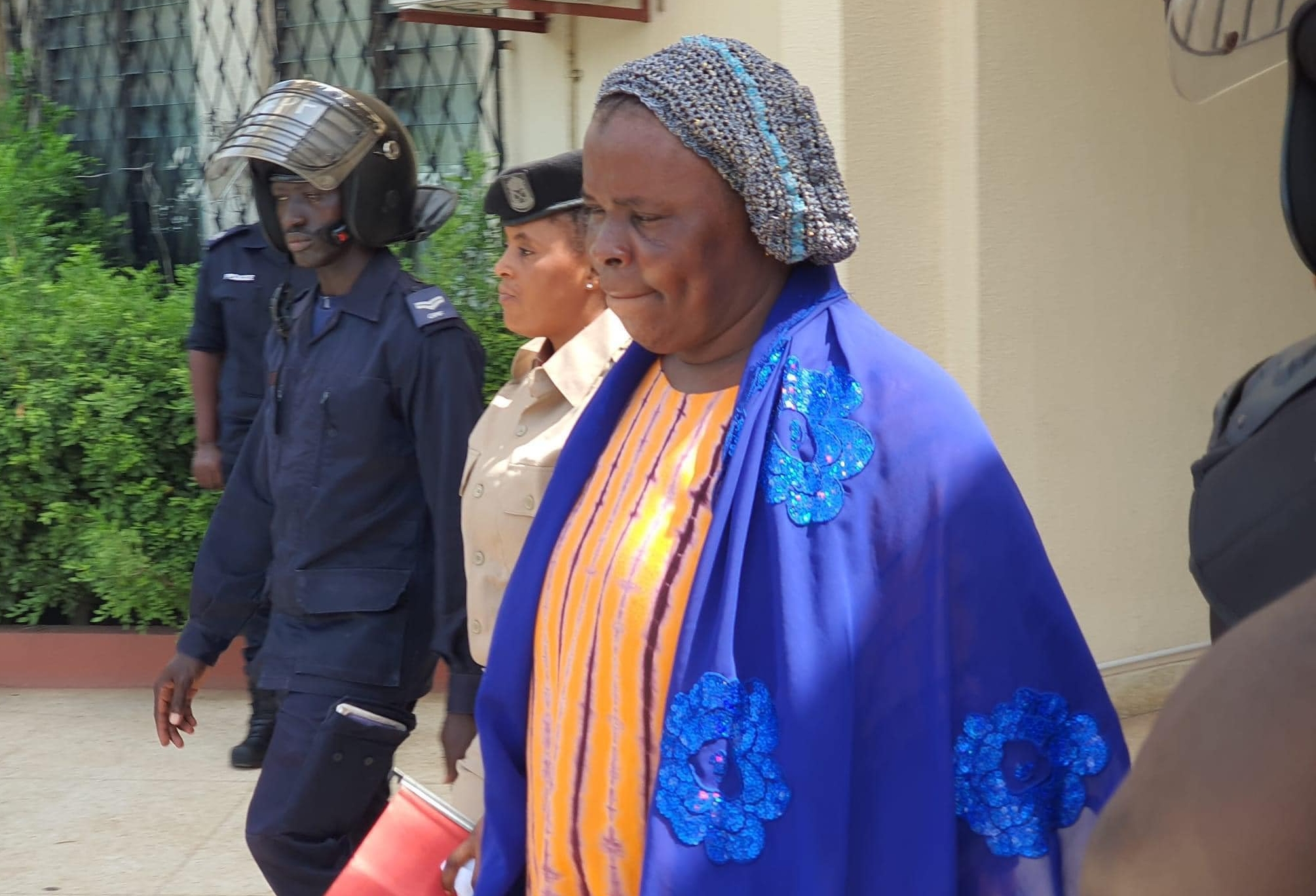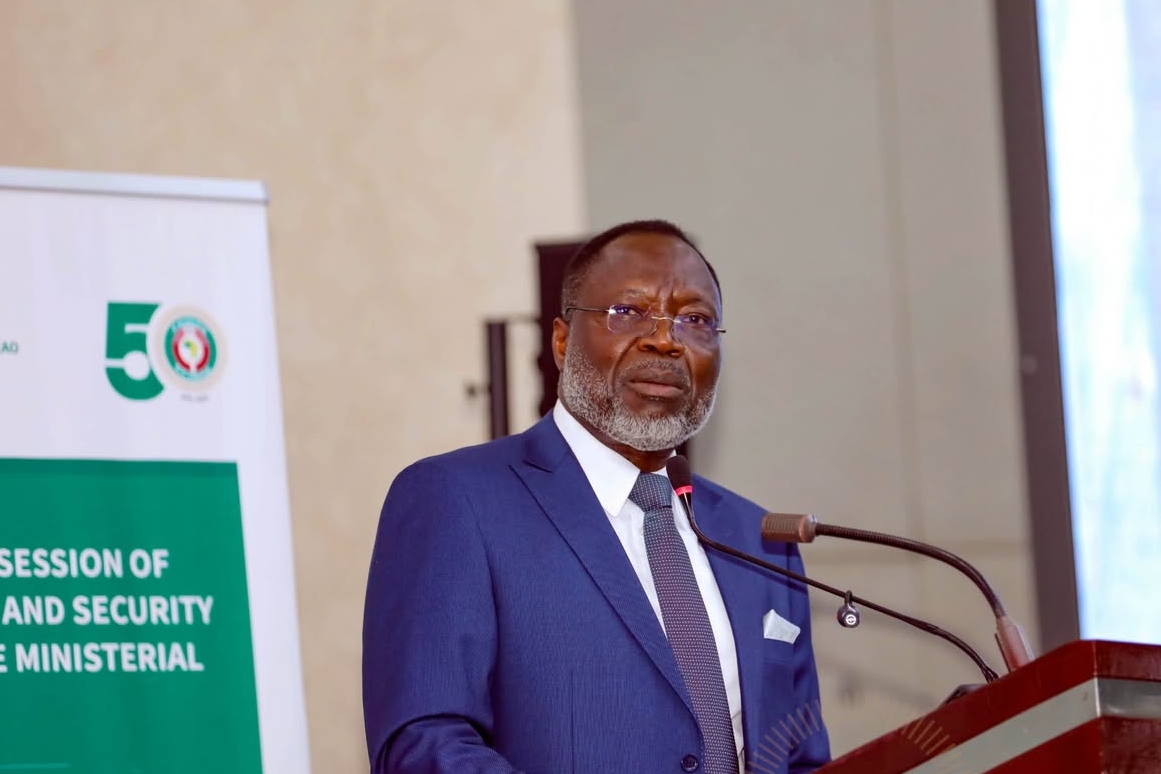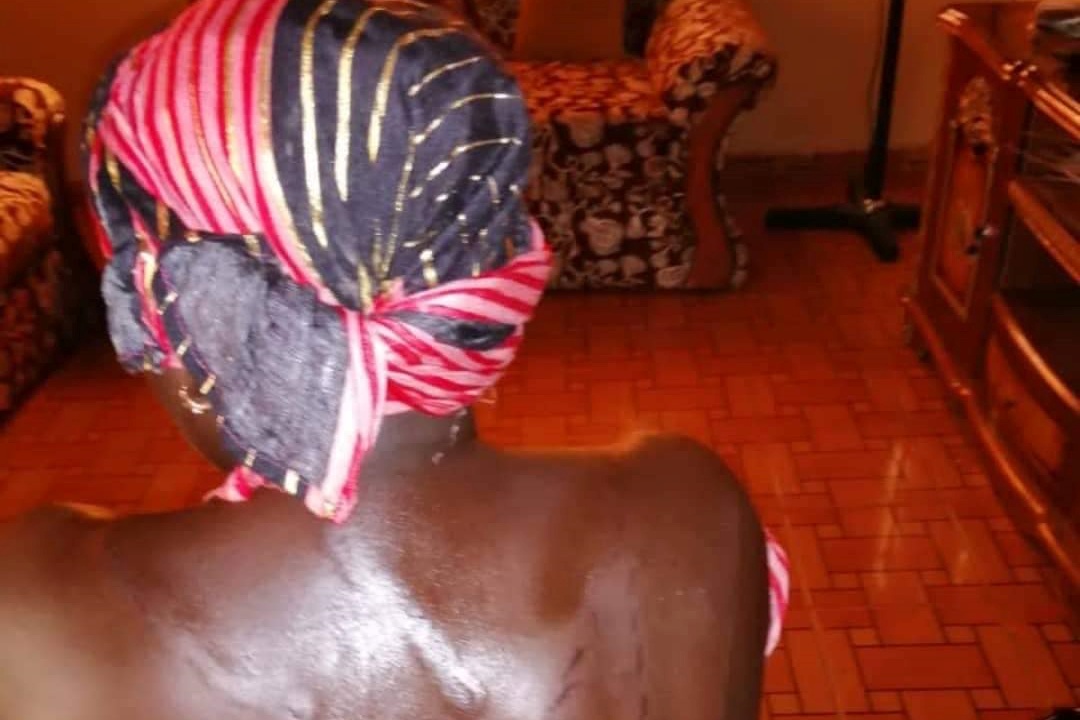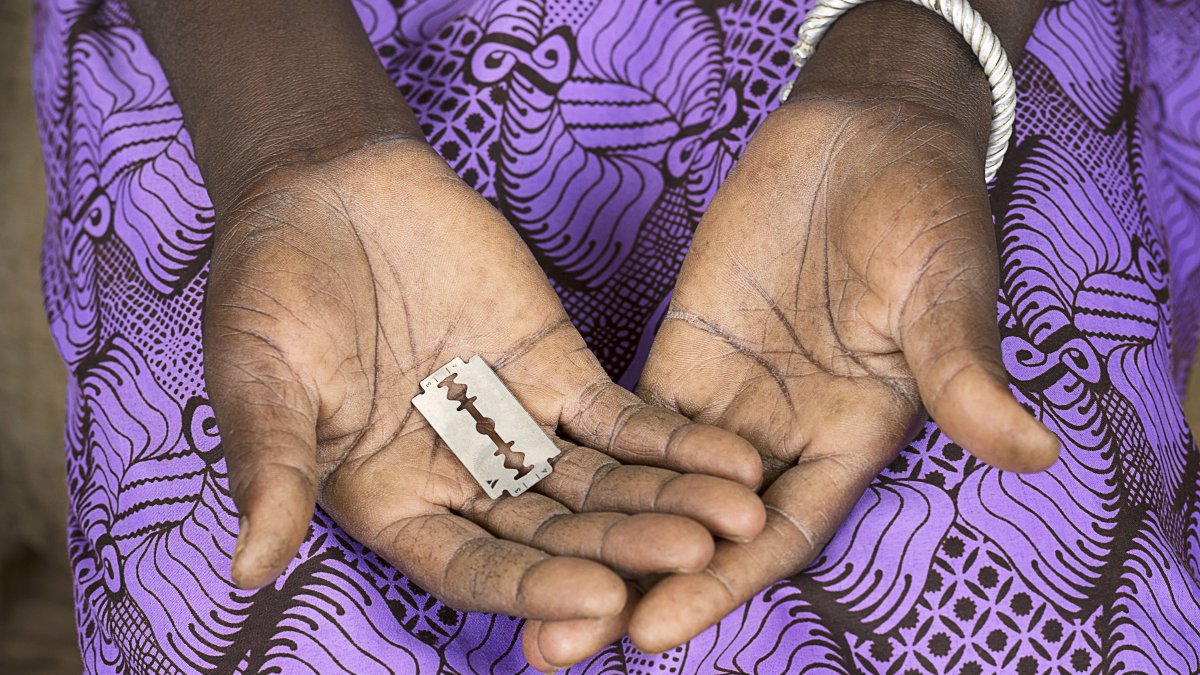Gambiaj.com – (BANJUL, The Gambia) – According to UNICEF, more than 230 million women and girls have undergone female genital mutilation (FGM) worldwide. The African continent is home to the largest proportion of this human rights violation, with over 144 million girls and women having been affected by this harmful practice across the region. FGM remains widespread in Africa, despite the existence of extensive legislative measures against FGM in 28 African countries.
In The Gambia, a West African country with a total population of approximately 2.5 million, FGM is an entrenched cultural practice perpetuated by patriarchal norms. Approximately 76 percent of girls and women aged 15–49 have undergone FGM, and three out of four girls experience FGM before the age of six. In 2015, the practice was criminalized through the Women’s (Amendment) Act. The act incorporated punitive measures to address the issue of FGM. It outlawed the act of performing, procuring, or aiding in the practice of FGM, with penalties ranging from fines to up to three years in prison. Furthermore, in cases where FGM resulted in the death of the victim, the perpetrators could face life sentences.
The Women’s (Amendment) Act of 2015 was regarded as a crucial and substantial step in safeguarding the human rights of women and girls and a great step toward the domestication of the Protocol to the African Charter on Human and Peoples’ Rights on the Rights of Women in Africa, known as the “Maputo Protocol,” as well as the Convention on the Elimination of All Forms of Discrimination Against Women, to which The Gambia is a state party. Notwithstanding these gains, The Gambia has only secured two prosecutions of FGM, with a first successful conviction in August 2023 through a landmark ruling handed down by a magistrates’ court of the Gambian towns of Kaur and Kuntaur, where three individuals were found guilty of direct involvement in the practice of FGM as well as complicity in the practice.
The conviction of the three individuals by the magistrates’ court in The Gambia sparked a public debate—one that threatened the advancement of women’s rights. As a result of the debate, a private bill was introduced in the National Assembly of The Gambia, seeking to amend the existing anti-FGM law. The proponents of this bill argued that the law should be revised to accommodate the religious and traditional rationales that have historically been used to justify the practice of FGM.
Fast-forward to July 2024, the National Assembly adopted the report of its Joint Committee of Health and Gender, recommending that the act be maintained. Nearly a week after the adoption of the report, the National Assembly voted to reject the bill following several concerted efforts by civil society, including feminist activists and women’s rights allies. Now, a critical question remains: How can The Gambia ensure the effective implementation and enforcement of its existing anti-FGM law?
Ending FGM: What Would It Take?
FGM is internationally recognized as an extreme form of gender-based violence (GBV) that is specifically included under the United Nations’ Sustainable Development Goal 5 on achieving gender equality. The United Nations’ goal of eliminating the practice globally by 2030 is an ambitious one that is not on track to be met. While efforts to end the practice over the last few decades have led to major successes—including banning the practice in dozens of countries and reducing the likeliness of at-risk girls from being cut by 33 percent—the recent attempt in The Gambia to reverse such laws is indicative of the persistence of harmful attitudes that perpetuate FGM.
The average cost of averting one case of FGM is $95. According to the United Nations’ Population Fund (UNFPA) and UNICEF, through their UNFPA-UNICEF Joint Programme on the Elimination of FGM, the cost of eliminating the practice in the highest-priority countries by the end of the decade amounts to approximately $2.4 billion. The global effort to end FGM, however, faces a significant funding gap, with the joint program itself experiencing a $258 million shortage in its budget. In addition to grassroots fundraising, the joint program is largely dependent on funding from the United States and several European countries for its operations. The United States contributes $5 million annually to the program to maintain its role on the organization’s steering committee. Within the United States, about half a million girls and women are at risk of FGM, and while the practice is federally prohibited, nine states have yet to pass legislation against FGM. The common assumption that FGM is exclusively an African issue obfuscates the prevalence of the human rights violation not only in the United States but in other regions such as Asia as well, where nearly 35 percent of FGM survivors are from.
Anti-FGM advocacy not only addresses the practice itself, but also empowers girls and women to advocate for their own agency in other areas, including education, finances, and family planning. It is crucial that the international community recognizes FGM prevention as a key avenue to achieving gender equality by increasingly investing in prevention efforts and survivor care. Ultimately, eliminating FGM within a generation will require wealthy countries that champion women’s rights on the international stage, including the United States, to expand their contributions to the movement both financially and by ensuring that children are protected from FGM within their own borders.
Beyond The Gambia: Lessons from Kenya and Ethiopia
While the proportion of girls that have experienced FGM has declined steadily over the last few decades, population increases projected to occur in the near future are expected to result in an increase in FGM cases in at-risk regions. This indicates the need for the acceleration of FGM prevention processes in key places, such as The Gambia, where progress has stagnated or even declined. Several countries have achieved noteworthy successes in their efforts to eliminate FGM over time and can serve as models for countries struggling to make similar progress.
In Kenya, the adoption of a progressive constitution in 2010 increased efforts and campaigns to combat FGM in the country. The practice began to gradually decline with a 32 percent prevalence in 2003 and a 27 percent prevalence between 2008 and 2009. As of 2021, the percentage of women and girls aged 15–49 reported to have undergone FGM was 21 percent. Kenya also established the Anti-FGM Board, a semi-autonomous government agency, as stipulated by the Prohibition of Female Genital Mutilation Act from 2011. The board operates under the Ministry of Public Service, Gender, Senior Citizens Affairs, and Special Programmes, with a range of responsibilities that include designing and coordinating public awareness campaigns, advising the government on FGM-related policies and implementation, providing technical and financial support to organizations working to eradicate FGM, and developing targeted programs to eliminate the practice. More significantly, since 2018, Kenya’s law enforcement against FGM has resulted in 303 arrests, 300 court cases, and 55 convictions.
In 2021, the High Court of Kenya dismissed a case brought by a medical doctor who challenged the prohibition of FGM, arguing that an adult woman can choose to undergo medicalized FGM. This decision of the High Court was progressive as it rightfully rejected the argument that women have an unfettered “right to choose to undergo FGM” because in many contexts, the “choice” to undergo FGM is heavily influenced by societal pressures and gender inequalities, rather than being a truly free and informed decision.
Despite the pushback faced by Kenya in implementing its anti-FGM law, the involvement of key arms of government paints the picture of a multi-sectoral approach to end FGM—a key lesson for The Gambia, where the burden of ending FGM has primarily fallen on civil society organizations and advocacy groups rather than being equally shared by the government. To truly make progress in eradicating this harmful practice, the Gambian government needs to take a more proactive, leading role in the anti-FGM movement.
Ethiopia has one of the highest populations of FGM survivors among practicing countries; however, its rate of FGM has declined significantly since the start of the century, when prevalence was at 80 percent. Today, that number has decreased by 15 percent. Attitudes toward the practice also changed over time, with 8 in 10 girls and women in the country opposing FGM today, compared to 3 in 10 in 2000. Ethiopia first enacted its law against FGM in 2004, criminalizing the act, though enforcement of the law has been severely lacking, with convictions rarely occurring. Nevertheless, the country’s criminalization of FGM has made a difference, and its National Strategy and Action Plan on Harmful Traditional Practices against Women and Children, established in 2013, is an effective mechanism through which the law was implemented.
The national strategy largely emphasizes education-based initiatives targeting FGM and other forms of GBV. These initiatives, some of which are part of UNFPA-UNICEF programs, include survivor-led community discussions encouraging people to abandon the practice. These discussions have led to increased open discussion of FGM in some communities and more reported cases. Similarly, girls’ clubs have been established in schools to encourage peer-to-peer discussions of issues, including FGM, as a way of raising awareness of GBV. Other stakeholders engaged to educate communities on the harms of FGM are religious and community leaders. Religious leaders in particular are able to address false notions that FGM is a religious requirement. The country also established the National FGM Network, a coalition of government, civil society organizations, international nongovernmental organizations, faith-based organizations, and other stakeholders, which produces newsletters and holds annual forums for experience sharing.
By employing these community-based, localized approaches to eliminating FGM, advocates in Ethiopia were able to reduce FGM cases sustainably. Unlike most other health threats, successful FGM prevention requires a shift in dominant ideas espoused by target communities, making education a key tool in effectively combating the issue. Initiatives resembling the ones implemented in Ethiopia go beyond FGM prevention and address other aspects of women’s empowerment to foster agency in girls and women who are survivors or at risk of GBV.
Perspectives from The Gambia: What Is Next to Effectively End FGM?
It has been over a month since The Gambia survived its recent attempt to repeal its anti-FGM law, which brought a sigh of relief to many anti-FGM activists and campaigners, but a critical step in the effective implementation of the existing anti-FGM law remains a huge concern. A key takeaway from Fatou Baldeh, a survivor of FGM and founder of Women in Liberation and Leadership, is the need to “popularize the law,” as some communities have been emboldened by the recent discourse on the ban. “Many influential individuals have spoken out in public spaces, encouraging communities to continue cutting girls with the assurance that they will not be held accountable,” she explained in a conversation with this author. It is therefore critical that communities are clearly reminded that the anti-FGM law remains and that violators will face legal consequences. Baldeh also highlights the challenge of underreporting FGM cases from within communities. “We should build community monitoring and reporting mechanisms/structures and empower them to not only advocate against the practice, but also report cases to the police,” she suggests.
According to National Assembly member Modou Lamin Bah of the Banjul North Constituency, “ending FGM requires tackling the deep-rooted misconceptions and stereotypes surrounding the harmful tradition. This can be achieved through the creation of safe spaces for girls to share their experiences and receive necessary guidance, bringing together community women leaders, youth representatives, religious figures, and traditional authorities to engage in open and thoughtful discussions using a ‘mindset’ approach can be highly effective, as well as facilitating focus group discussions that examine the negative impacts of FGM within the broader context of gender-based violence can help raise awareness and foster a collective commitment to eradicating this egregious violation of human rights.”
Dr. Satang Nabaneh, a Gambian legal scholar, notes: “We are hoping that the preservation of the anti-FGM law is a crucial step towards the effective implementation of the law. The mere existence of a law prohibiting FGM is an important foundation, but true progress will require the government to actively enforce this law and ensure it is being upheld across the country.” She also highlights that only when the anti-FGM law is consistently implemented and enforced will it be truly effective in protecting the rights of women and girls in The Gambia. To this effect, sustained political will and multi-stakeholder collaboration will be crucial to turning implementation into reality.
This commentary was first published by the Center for Strategic and International Studies
Authors: Awa Gai is a Mandela Washington Fellow(non-resident) with the Africa Program at the Center for Strategic and International Studies (CSIS) in Washington, D.C. Fadima Tall is an intern with the Africa Program at CSIS.










